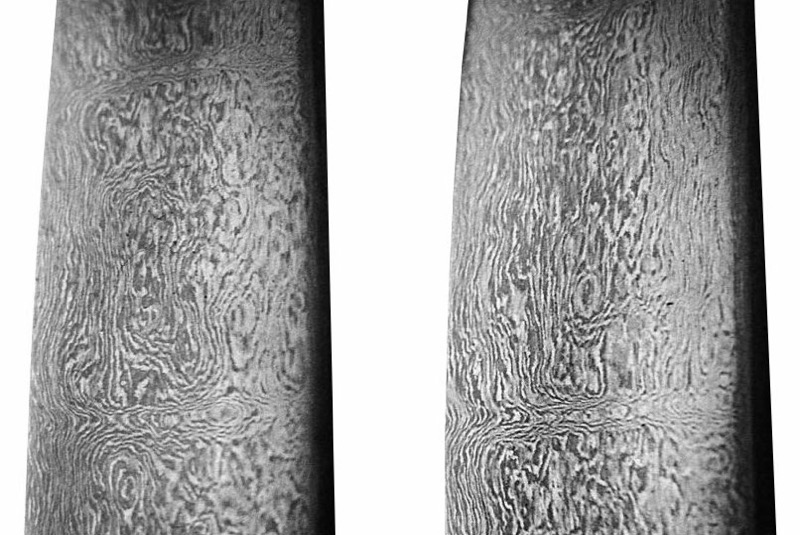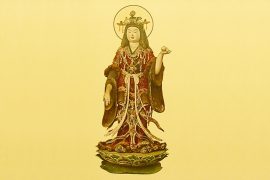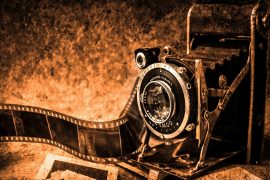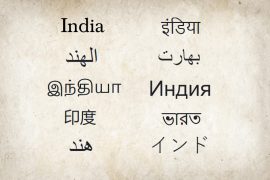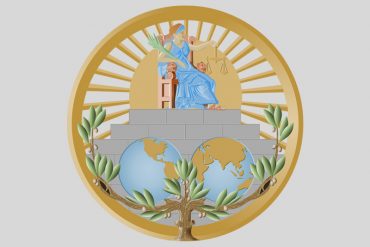Wootz was the first high-quality steel made anywhere in the world. According to reports of travellers to the East, the Damascus swords were made by forging small cakes of steel that were manufactured in Southern India. This steel was called Wootz steel. It was more than a thousand years before steel as good was made in the West. – J. D. Verhoeven and A. Pendray, Muse, 1998
Today, most people may be unaware that India’s contributions to manufacturing iron and steel were among the most outstanding in the ancient world. Over two millennia, Wootz steel was highly valued across many parts of the globe, and the popular item from this Indian steel was the Damascus swords.
Iron-making abilities were also acquired by a similar megalithic civilisation in South India. Here, Steel was developed, and this steel-making heritage has persisted in these areas for a long time and has become internationally renowned.
Steel is a modified form of iron combined with carbon and other components to give it unique characteristics such as hardness, toughness, rust resistance, and so on. After some of the ancient ‘Aryan tribes, such as the Hittites, established the technology in the highlands of Iran-Iraq, the usage of iron became quite common.
Steel goods were a significant export in ancient India. Wootz, Ukku, Hindvi Steel, Hinduwani Stell, Teling Steel, and Seric Iron were some of the names for steel products shipped from southern India.
By 500 BC, Rome, Egypt, Arabia, China, Europe, and many kingdoms were major export markets. Aristotle remarked on the virtues of this South Indian technology.
Since ancient times, India has been renowned for its iron and steel production. The Delhi Iron Pillar is a magnificent testimony of India’s advancement in metallurgy. There are many early literary allusions to steel from India from Mediterranean sources, including one from Alexander’s (3rd century BC) reign, when he was supposed to have been given 100 talents of Indian steel.
The word ‘Wootz’ was created after European travellers in the seventeenth century discovered the crucible methods used to make steel in Southern India, specifically in the present-day states of Tamil Nadu, Andhra Pradesh, and Karnataka. Wootz is an anglicised Kannada/ Telugu word for steel, ‘Ukku.’
Archaeologists in Andhra regularly found modern-looking iron and steel weaponry during the Kadambapur excavations. The Deccani Kakatiyas (1000-1223 AD) were famous for their swords and swordsmanship.
In south India, ruins of iron smelters with distinctive remnants have been found across Andhra Pradesh, Karnataka, and portions of Maharashtra and Tamil Nadu. They were spotted almost everywhere iron ore was available.
Ukku or Wootz steel, in particular, was exported from Golkonda across India to centres of sword manufacturing in Rajasthan, Bihar, Punjab, and other states. Later, during the Sultan’s reign, Damascus, a trade and manufacturing hub, imported wootz-ukku ingots from Andhra.
Aside from the ancient Indian swordsmiths, who were most likely also smelters, the creative swordsmiths and armourers of Syria, Iran, Armenia, and the Caucasus used to beat out the imported semi-finished Ukku / Wootz sword and knife blanks into swords, knives, and high-class armour. These were available in Damascus.
The Arab traveller Edrisi said in the twelfth century that the ‘Hindoos’ excelled in the production of iron and that nothing could equal the edge provided by Indian steel. Sir Walter Scott’s renowned book of 1825, The Talisman, tells the story of the Third Crusade of King Richard of England, sometimes known as Lion Heart and Sultan Saladin. Though this story is fictitious, the reputation of Wootz steel swords certainly travelled to Europe when the Crusaders saw them at Damascus. This meeting is said to be the origin of the name Damascus swords.
There aren’t many records that detail the Wootz manufacturing procedure; most comprehensive reports were left by European visitors. Shipments of tens of thousands of wootz ingots were traded from the Coromandel coast to Persia by the late 1600s. This shows that Wootz steel manufacturing reached a nearly industrial size in what was still a pre-Industrial Revolution industry in Europe.
According to Cyril Stanley Smith, Indian wootz ingots were used to forge Oriental Damascus swords that were reputed to cut even gauze kerchiefs. These swords, used by the Mughals in India, had increased thickness and had a reputation for penetrating the enemies’ armour. They were found to have a very high carbon content of 1.5-2.0 per cent, and the best of these were believed to have been made from Indian steel in Persia and Damascus. Smith’s writing drew international attention to India’s ancient achievements in metallurgy.
For centuries, iron and steel were believed to be two elements of the ferrous family, much as copper, silver, gold, and other metals were thought to be in the non-ferrous family. The Swedish scientist Tobern Bergman’s chemical analysis of Wootz steel in 1774 led to the discovery that steel is an alloy of iron and carbon.
After England had subjugated India, there was a lot of interest in learning about Wootz steel. Michael Faraday, the creator of electricity and one of the finest early experimenters and material scientists, was also enamoured by Wootz Steel and eagerly researched it. Despite his failure to reproduce the wootz steel, Faraday is regarded as the father of alloy steel.
Faraday’s research popularised Wootz throughout the world, having a significant influence in France, Russia, and other countries. Legends about Wootz steel and Damascus swords piqued the interest of European scientists from the seventeenth through the nineteenth centuries. Because the usage of high-carbon alloys was previously unknown in Europe, research into wootz steel played a significant part in creating contemporary English, French, and Russian metallurgy.
Even though Indian Wootz played a crucial role in metallurgical history, hardly any works mention India’s contribution. The role of Wootz Steel in the historical development of materials in India has received little attention. There are a few publications on Damascus steel and blades, most of which concentrate on collections of Persian or Arab armoury.
-30-
Copyright©Madras Courier, All Rights Reserved. You may share using our article tools. Please don't cut articles from madrascourier.com and redistribute by email, post to the web, mobile phone or social media.Please send in your feed back and comments to editor@madrascourier.com

